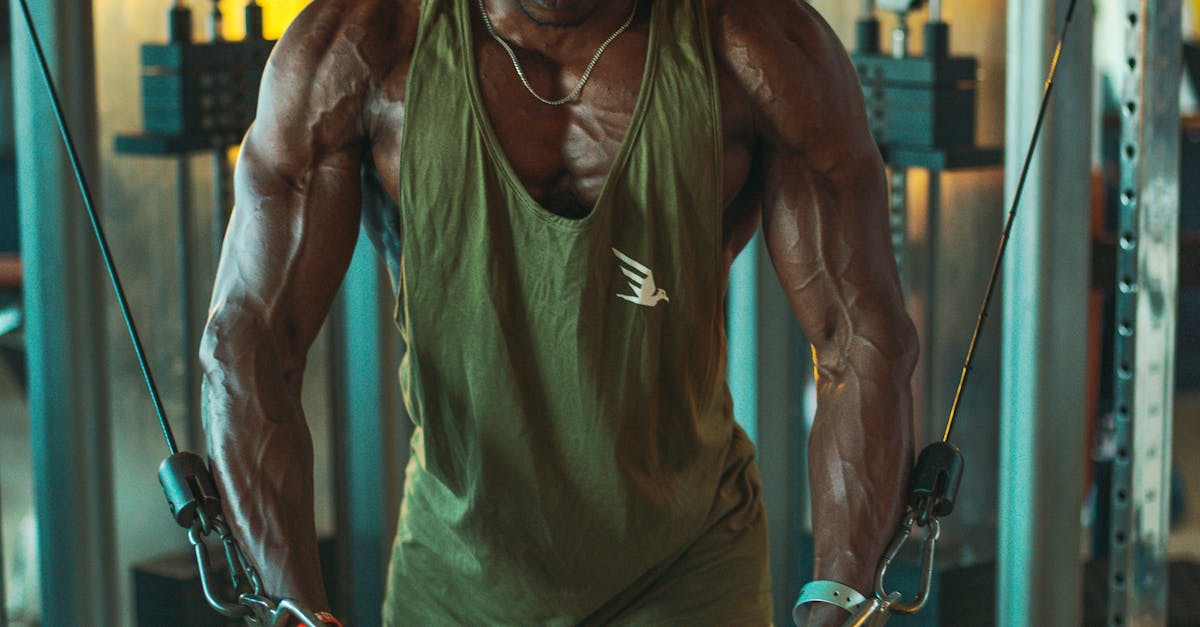The cossack squat is a dynamic and powerful exercise that has gained popularity among fitness enthusiasts for its ability to enhance flexibility, strength, and overall athletic performance. This unique movement, which mimics the traditional squatting style of the Cossack warriors, is not only an excellent addition to your workout routine but also serves as a functional movement that can improve your everyday life. In this article, we will explore the benefits of the cossack squat and provide you with a comprehensive understanding of how to incorporate it into your fitness regime.
| Benefit | Description |
|---|---|
| Enhanced Flexibility | Improves mobility in the hips, knees, and ankles. |
| Strength Building | Targets multiple muscle groups, including quads, hamstrings, and glutes. |
| Improved Balance | Enhances stability and coordination through unilateral movement. |
| Injury Prevention | Strengthens stabilizing muscles to reduce the risk of injuries. |
| Core Engagement | Activates core muscles for better overall strength. |
| Functional Movement | Mimics everyday movements, making daily tasks easier. |
| Versatile Exercise | Can be performed anywhere with no equipment required. |
Enhanced Flexibility
The cossack squat significantly improves flexibility, particularly in the hips, knees, and ankles. This exercise involves a deep lateral squat that stretches the inner thigh muscles, promoting greater range of motion. Improved flexibility can enhance your performance in other exercises and sports, allowing for more efficient movement patterns.

Strength Building
This exercise is excellent for strength building as it engages multiple muscle groups simultaneously. The cossack squat primarily targets the quadriceps, hamstrings, glutes, and inner thighs. By incorporating this movement into your workout, you can increase muscle strength and endurance, contributing to better overall fitness levels.

Improved Balance
One of the key benefits of the cossack squat is its ability to improve balance and coordination. Since the exercise is performed in a unilateral fashion, it challenges your body to stabilize itself while shifting weight from one leg to the other. This not only enhances your athletic performance but also helps in daily activities that require balance and stability.

Injury Prevention
Incorporating the cossack squat into your routine can aid in injury prevention. The exercise strengthens the stabilizing muscles around the hips, knees, and ankles, making them more resilient to injuries. By developing these stabilizing muscles, you can reduce the likelihood of strains and sprains during other physical activities.

Core Engagement
The cossack squat requires significant core engagement throughout the movement. As you lower yourself into the squat, your core muscles work to maintain stability and support your spine. A strong core is essential for overall strength and can improve your performance in various sports and exercises.

Functional Movement
This exercise mimics natural movements that we perform in our daily lives, such as bending down to pick something up or shifting our weight from one leg to another. By practicing the cossack squat, you are training your body to move efficiently, which can make everyday tasks easier and reduce the risk of injury during these activities.

Versatile Exercise
One of the great aspects of the cossack squat is its versatility. It can be performed anywhere, requiring no equipment, making it perfect for home workouts, outdoor training, or even in a gym setting. This makes it accessible for individuals at all fitness levels, and you can easily incorporate it into your existing routine.

FAQ
What muscles does the cossack squat work?
The cossack squat primarily targets the quadriceps, hamstrings, glutes, and inner thigh muscles. It also engages the core for stability and balance.
Can beginners perform the cossack squat?
Yes, beginners can perform the cossack squat, but they should start with a modified version or a shallow squat to ensure proper form. Gradually increasing depth and range of motion as strength and flexibility improve is recommended.
How many cossack squats should I do?
As a starting point, performing 3 sets of 8-12 repetitions on each side is a good guideline. However, this can vary based on individual fitness levels and goals.
Is the cossack squat safe for people with knee problems?
Individuals with knee issues should consult with a healthcare professional before attempting the cossack squat. Modifications may be necessary to avoid discomfort and ensure safety.
How can I incorporate cossack squats into my routine?
Cossack squats can be included in lower body workouts, functional training sessions, or as part of a dynamic warm-up. They can be performed as a standalone exercise or combined with other movements for a more comprehensive workout.
References:
– [National Institutes of Health](https://www.nih.gov/)
– [Centers for Disease Control and Prevention](https://www.cdc.gov/)
– [American College of Sports Medicine](https://www.acsm.org/)



